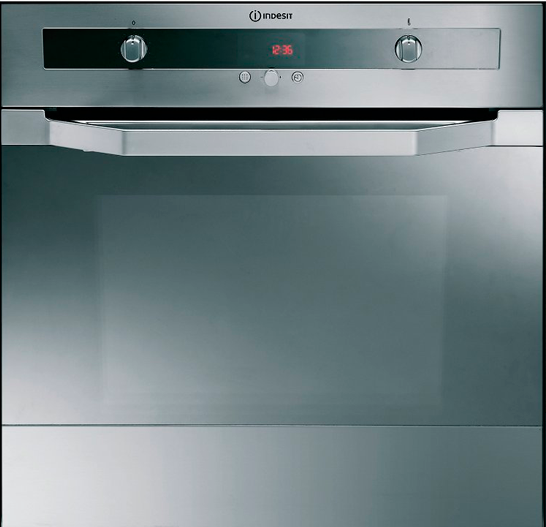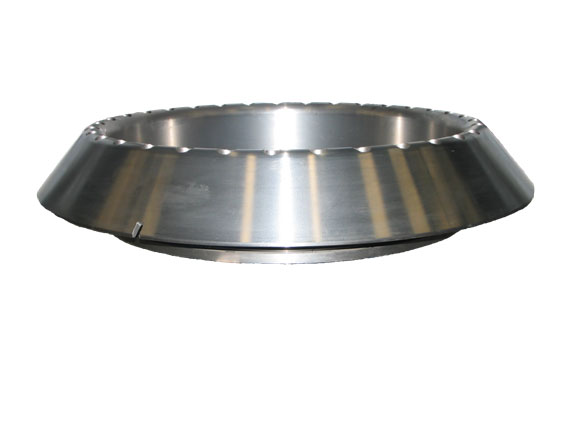
Abstract
The aim of this study was to find the best quality glass-clamping system, through parametric model optimization, for a new pyrolytic self-cleaning oven by Indesit.
Like all pyrolytic self-cleaning ovens the pyrolysis process causes the oxidization of spills and dirt in the oven at temperatures of 450°to 500°C reducing them to ashes. This process produces a high thermal gradient which considerably deforms the glass and can cause ruptures.
The door structure of a pyrolytic oven is made of a triple-glass system, each one separated by an air wall in order to guarantee rapid heat dissipation and to respect the safety regulations that limit external glass temperature to 60°C.
"EnginSoft, whom we have known for a while as a supplier of CAE systems, has demonstrated great competence in helping us make optimal use of technology through training and direct consultancy on specific projects."
Manager R&D Coolking Appliances, Merloni Elettrodomestici

